Gaia uncovers how cosmic collisions sculpt the strange spins of asteroids.
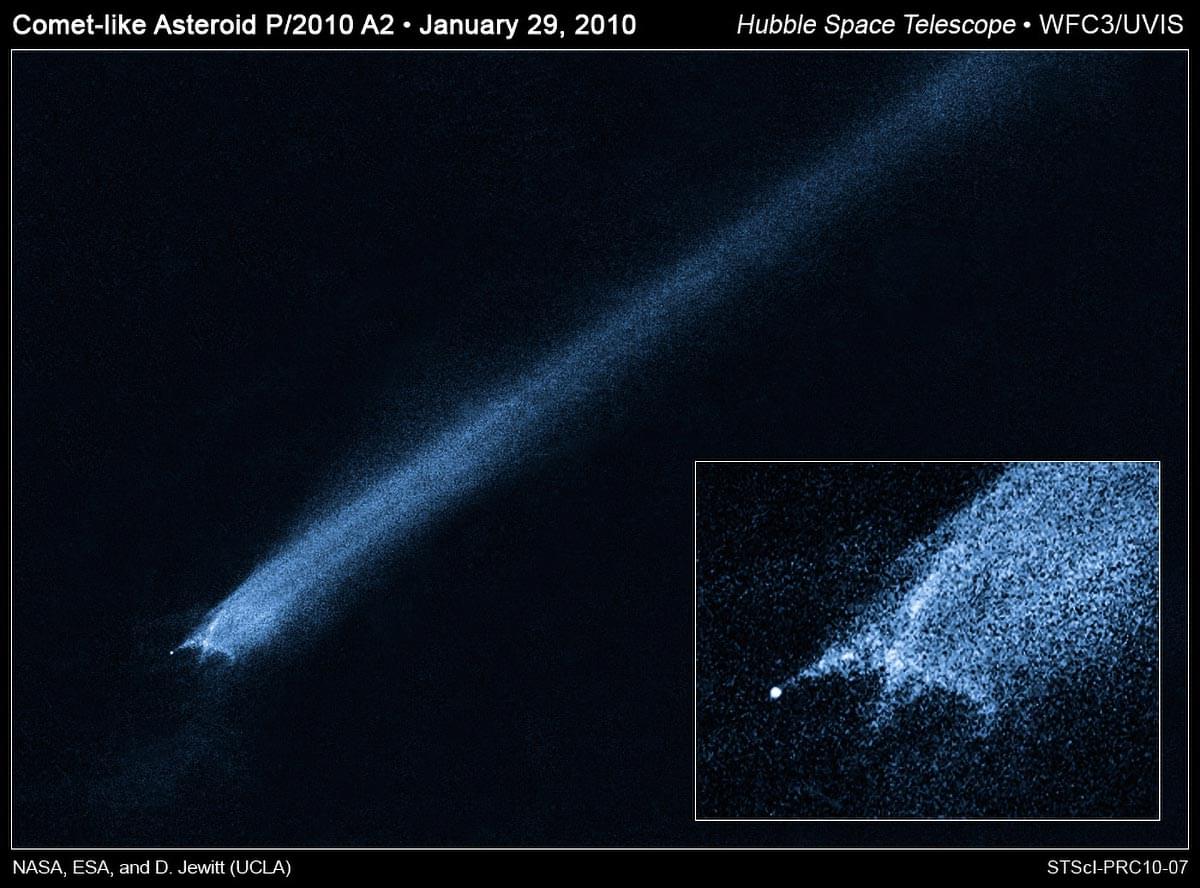

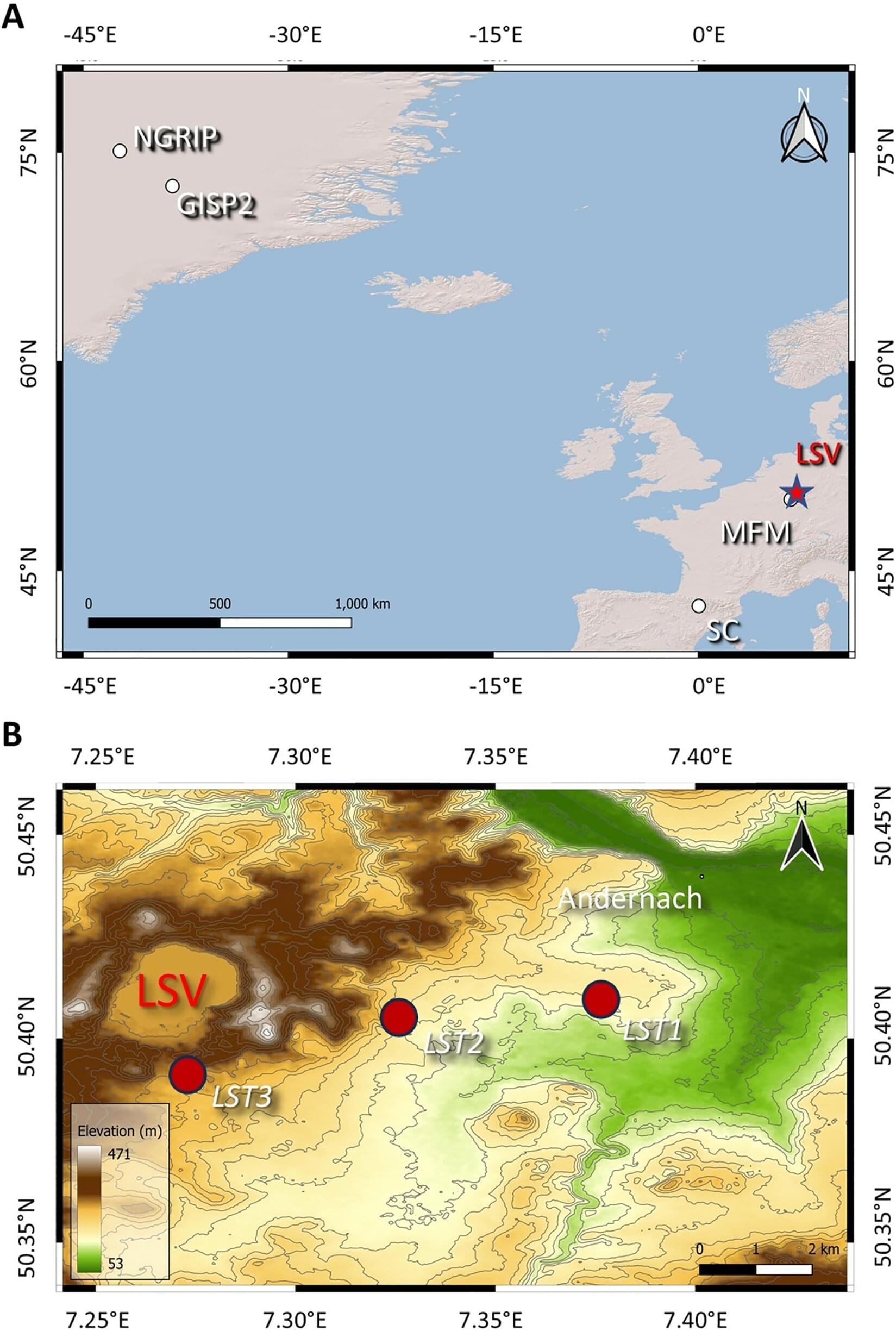
Buried deep in Greenland’s ice sheet lies a puzzling chemical signature that has sparked intense scientific debate. A sharp spike in platinum concentrations, discovered in an ice core (a cylinder of ice drilled out of ice sheets and glaciers) and dated to around 12,800 years ago, has provided support for a hypothesis that Earth was struck by an exotic meteorite or comet at that time.
Our new research published in PLOS One offers a much more mundane explanation: this mystery platinum signature may have originated from a volcanic fissure eruption in Iceland, not space.
The timing matters. The platinum spike occurs near the beginning of our planet’s last great cold period, the Younger Dryas Event. This lasted from about 12,870 to 11,700 years ago and saw temperatures plummet across the northern hemisphere.


Scientists at MIT and elsewhere have discovered extremely rare remnants of “proto Earth,” which formed about 4.5 billion years ago, before a colossal collision irreversibly altered the primitive planet’s composition and produced Earth as we know today. Their findings, reported today in the journal Nature Geosciences, will help scientists piece together the primordial starting ingredients that forged early Earth and the rest of the solar system.
Billions of years ago, the early solar system was a swirling disk of gas and dust that eventually clumped and accumulated to form the earliest meteorites, which in turn merged to form proto Earth and its neighboring planets.
In this earliest phase, Earth was likely rocky and bubbling with lava. Then, less than 100 million years later, a Mars-sized meteorite slammed into the infant planet in a singular “giant impact” event that completely scrambled and melted the planet’s interior, effectively resetting its chemistry. Whatever original material proto Earth was made from was thought to have been altogether transformed.
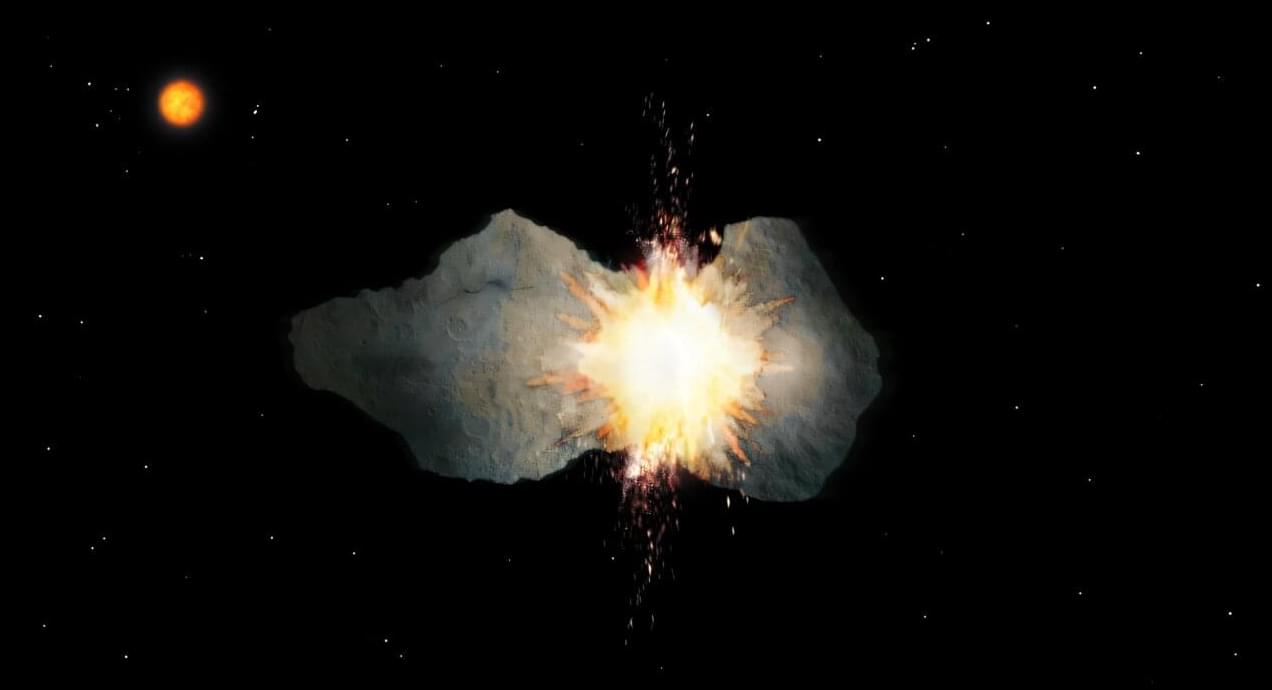
Whether an asteroid is spinning neatly on its axis or tumbling chaotically, and how fast it is doing so, has been shown to be dependent on how frequently it has experienced collisions. The findings, presented at the recent EPSC-DPS2025 Joint Meeting in Helsinki, are based on data from the European Space Agency’s Gaia mission and provide a means of determining an asteroid’s physical properties—information that is vital for successfully deflecting asteroids on a collision course with Earth.
“By leveraging Gaia’s unique dataset, advanced modeling and A.I. tools, we’ve revealed the hidden physics shaping asteroid rotation, and opened a new window into the interiors of these ancient worlds,” said Dr. Wen-Han Zhou of the University of Tokyo, who presented the results at EPSC-DPS2025.
During its survey of the entire sky, the Gaia mission produced a huge dataset of asteroid rotations based on their light curves, which describe how the light reflected by an asteroid changes over time as it rotates. When the asteroid data is plotted on a graph of the rotation period versus diameter, something startling stands out—there’s a gap, or dividing line that appears to split two distinct populations.
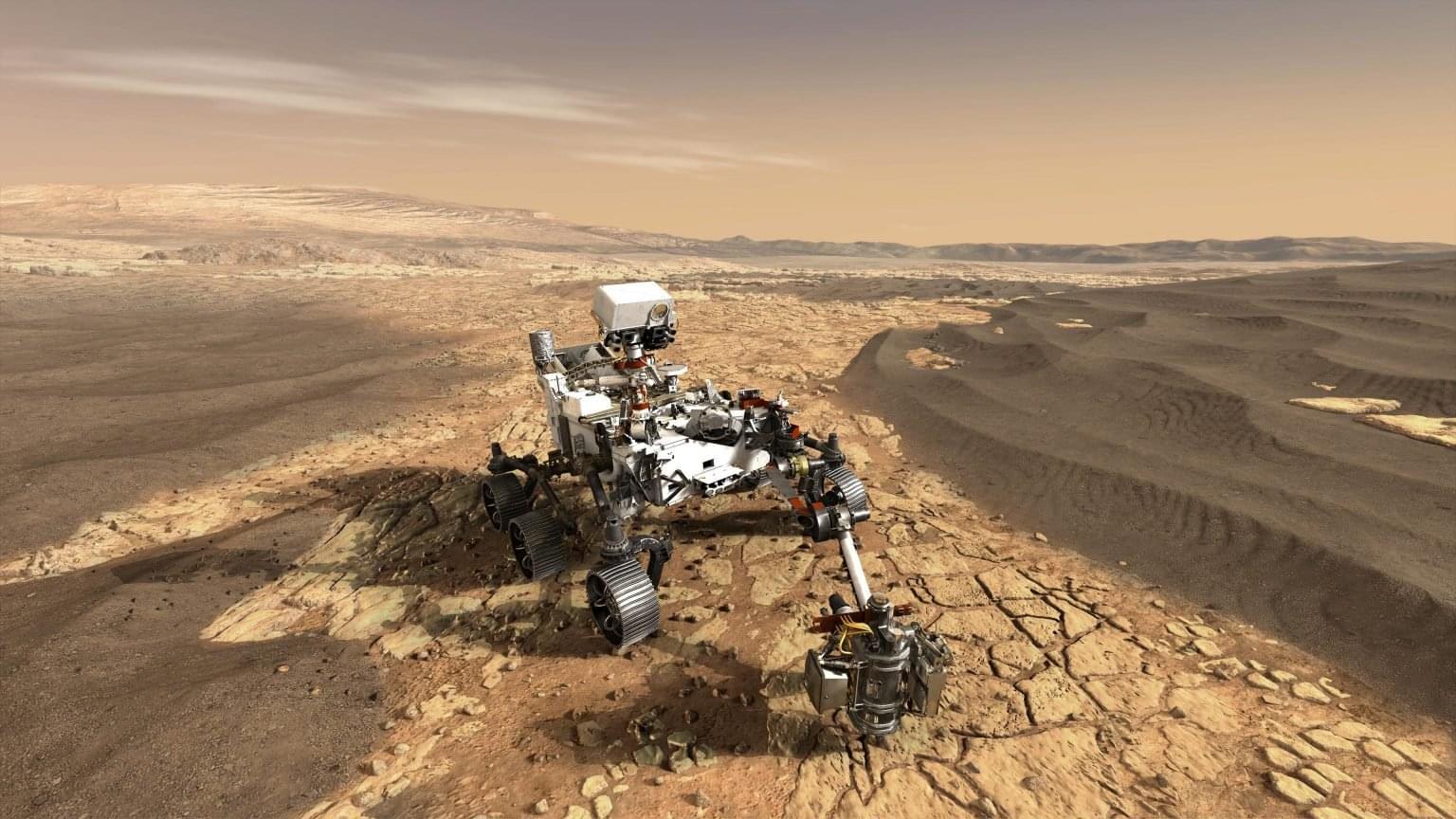
A new study co-authored by Texas A&M University geologist Dr. Michael Tice has revealed potential chemical signatures of ancient Martian microbial life in rocks examined by NASA’s Perseverance rover.
The findings, published by a large international team of scientists, focus on a region of Jezero Crater known as the Bright Angel formation—a name chosen from locations in Grand Canyon National Park because of the light-colored Martian rocks. This area in Mars’s Neretva Vallis channel contains fine-grained mudstones rich in oxidized iron (rust), phosphorus, sulfur and—most notably—organic carbon. Although organic carbon, potentially from non-living sources like meteorites, has been found on Mars before, this combination of materials could have been a rich source of energy for early microorganisms.
“When the rover entered Bright Angel and started measuring the compositions of the local rocks, the team was immediately struck by how different they were from what we had seen before,” said Tice, a geobiologist and astrobiologist in the Department of Geology and Geophysics.

An international study led by researchers at São Paulo State University (UNESP) in Brazil has identified a little-known but potentially significant threat: Asteroids that share Venus’s orbit and may completely escape current observational campaigns because of their position in the sky. These objects have not yet been observed, but they could strike Earth within a few thousand years. Their impacts could devastate large cities.
“Our study shows that there’s a population of potentially dangerous asteroids that we can’t detect with current telescopes. These objects orbit the sun, but aren’t part of the asteroid belt, located between Mars and Jupiter. Instead, they’re much closer, in resonance with Venus. But they’re so difficult to observe that they remain invisible, even though they may pose a real risk of collision with our planet in the distant future,” astronomer Valerio Carruba, a professor at the UNESP School of Engineering at the Guaratinguetá campus (FEG-UNESP) and first author of the study, told Agência FAPESP.
The study is published in the journal Astronomy & Astrophysics. The work combined analytical modeling and long-term numerical simulations to track the dynamics of these objects and assess their potential to come dangerously close to Earth.
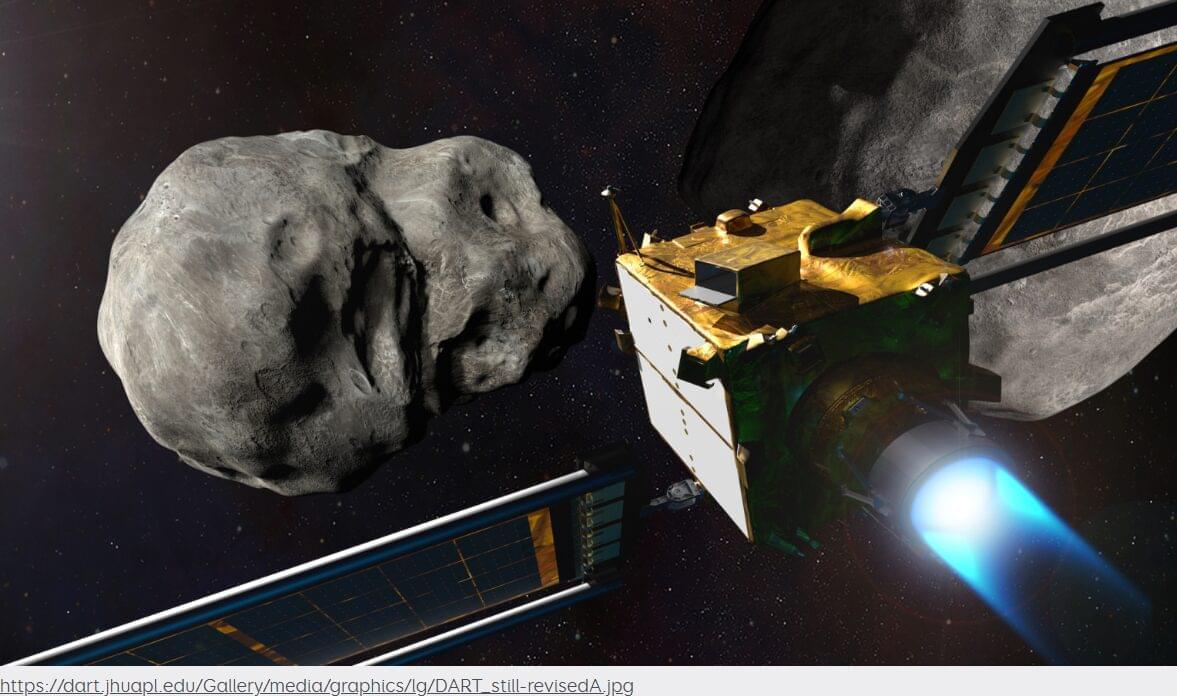
Asteroid deflection could save Earth, or accidentally doom it, depending on where we aim the impact.
Scientists caution that asteroid deflection must be precise, as striking the wrong spot risks sending it through a gravitational keyhole that sets up a future collision with Earth. Using lessons from NASA’s DART mission, researchers are developing probability maps to guide safer impact strategies.
Selecting the right spot to smash a spacecraft into the surface of a hazardous asteroid to deflect it must be done with great care, according to new research presented at the EPSC-DPS2025 Joint Meeting this week in Helsinki. Slamming into its surface indiscriminately runs the risk of knocking the asteroid through a ‘gravitational keyhole’ that sends it back around to hit Earth at a later date.
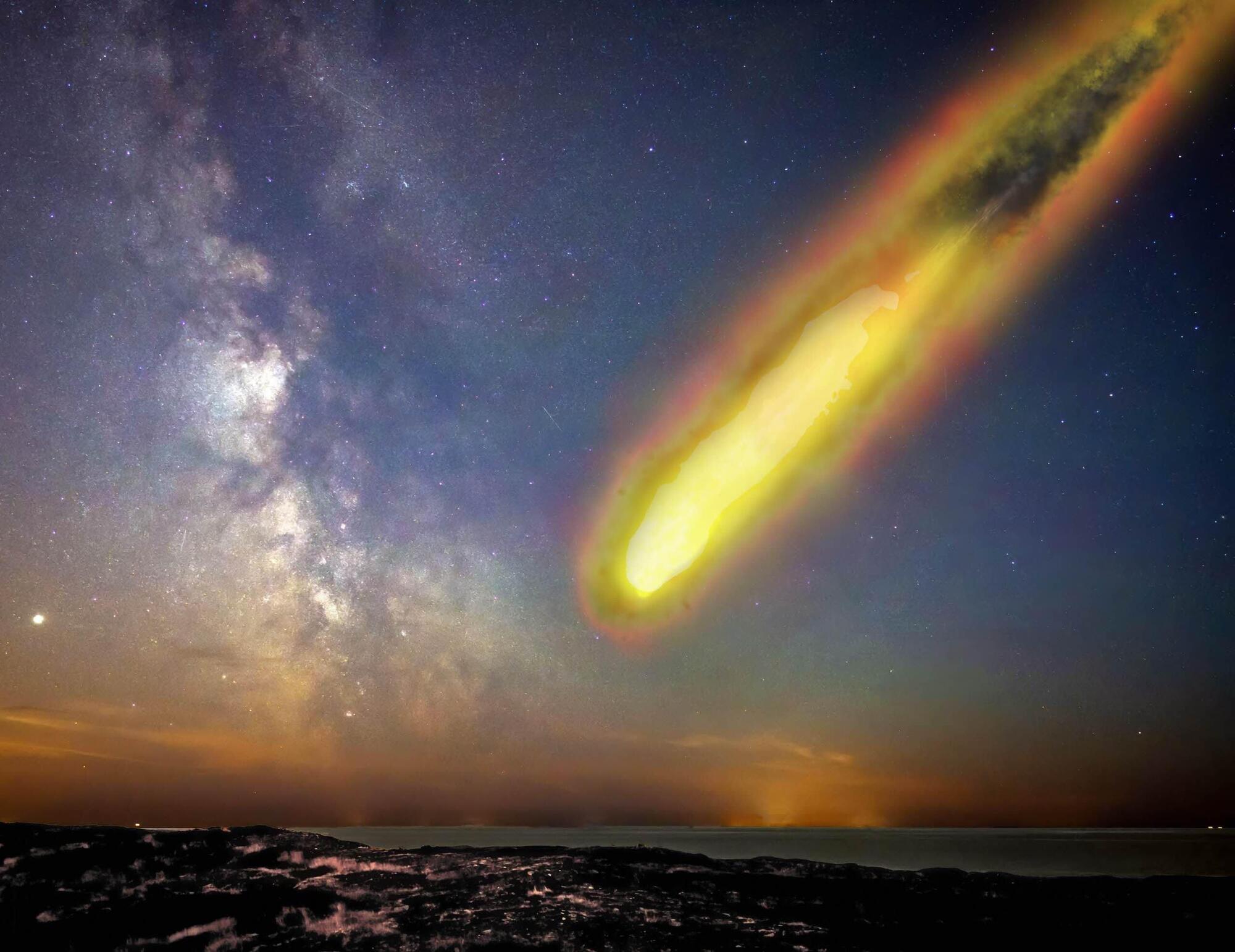
Shocked quartz grains are an accepted indicator of crater-forming cosmic impact events, which also typically produce amorphous silica along the fractures. Furthermore, previous research has shown that shocked quartz can form when nuclear detonations, asteroids, and comets produce near-surface or “touch-down” airbursts. When cosmic airbursts detonate with enough energy and at sufficiently low altitude, the resultant relatively small, high-velocity fragments may strike Earth’s surface with high enough pressures to generate thermal and mechanical shock that can fracture quartz grains and introduce molten silica into the fractures. Here, we report the discovery of shocked quartz grains in a layer dating to the Younger Dryas (YD) onset (12.8 ka) in three classic archaeological sequences in the Southwestern United States: Murray Springs, Arizona; Blackwater Draw, New Mexico; and Arlington Canyon, California. These sites were foundational in demonstrating that the extinction or observed population bottlenecks of many megafaunal species and the coeval collapse/reorganization of the Clovis technocomplex in North America co-occurred at or near the YD onset. Using a comprehensive suite of 10 analytical techniques, including electron microscopy (TEM, SEM, CL, and EBSD), we have identified grains with glass-filled fractures similar to shocked grains associated with nuclear explosions and 27 accepted impact craters of different ages (e.g., Meteor Crater, 50 ka; Chesapeake Bay, 35 Ma; Chicxulub, 66 Ma; Manicouagan, 214 Ma) and produced in 11 laboratory shock experiments. In addition, we used hydrocode modeling to explore the temperatures, pressures, and shockwave velocities associated with the airburst of a 100-m fragment of a comet and conclude that they are sufficient to produce shocked quartz. These shocked grains co-occur with previously reported peak concentrations in platinum, meltglass, soot, and nanodiamonds, along with microspherules, similar to those found in ~28 microspherule layers that are accepted as evidence for cosmic impact events, even in the absence of a known crater. The discovery of apparently thermally-altered shocked quartz grains at these three key archaeological sites supports a cosmic impact as a major contributing factor in the megafaunal extinctions and the collapse of the Clovis technocomplex at the YD onset.
Citation: Kennett JP, LeCompte MA, Moore CR, Kletetschka G, Johnson JR, Wolbach WS, et al. (2025)PLoS One 20: e0319840. https://doi.org/10.1371/journal.pone.
Editor: Talaat Abdel Hamid, National Research Centre, EGYPT